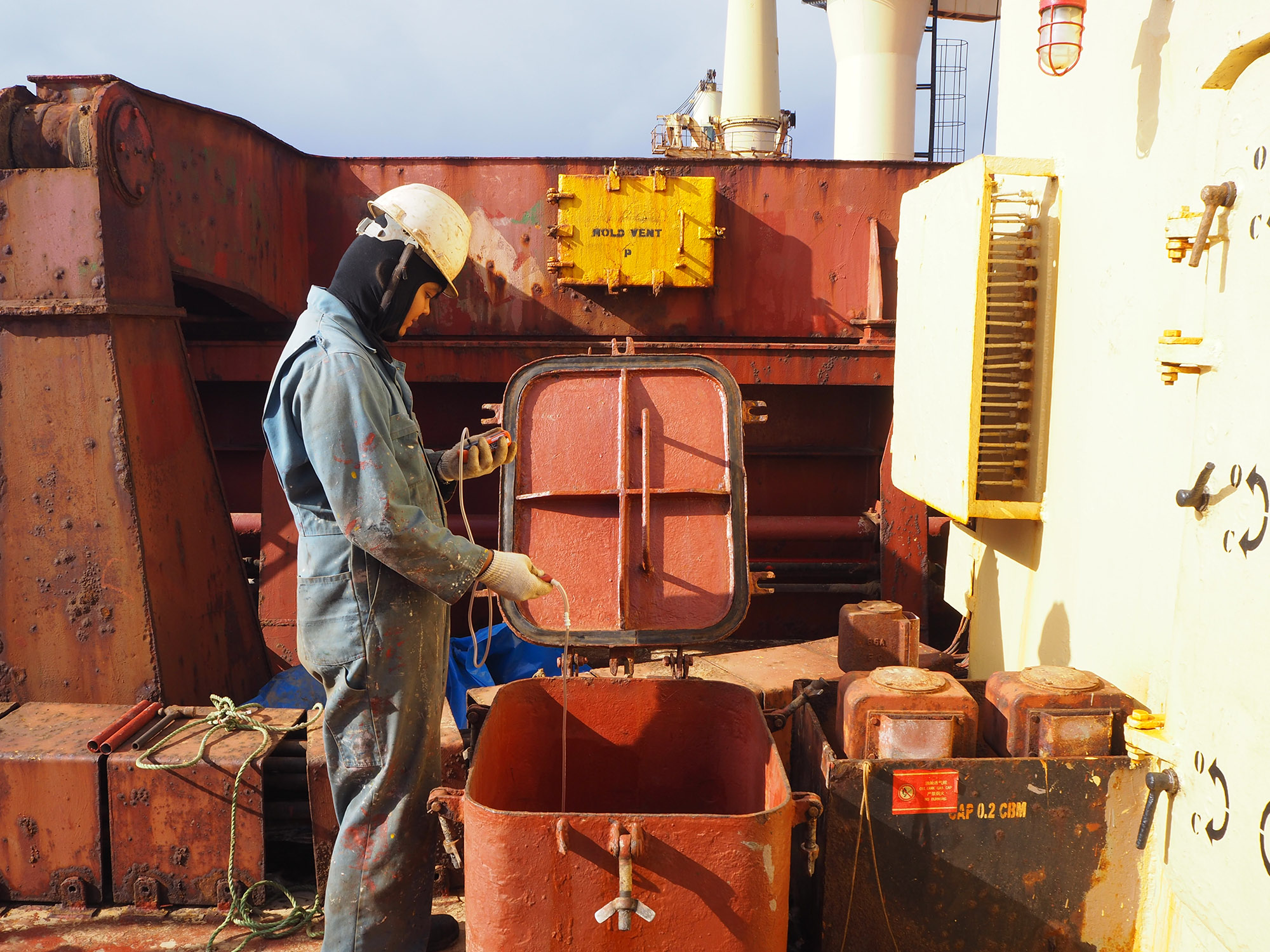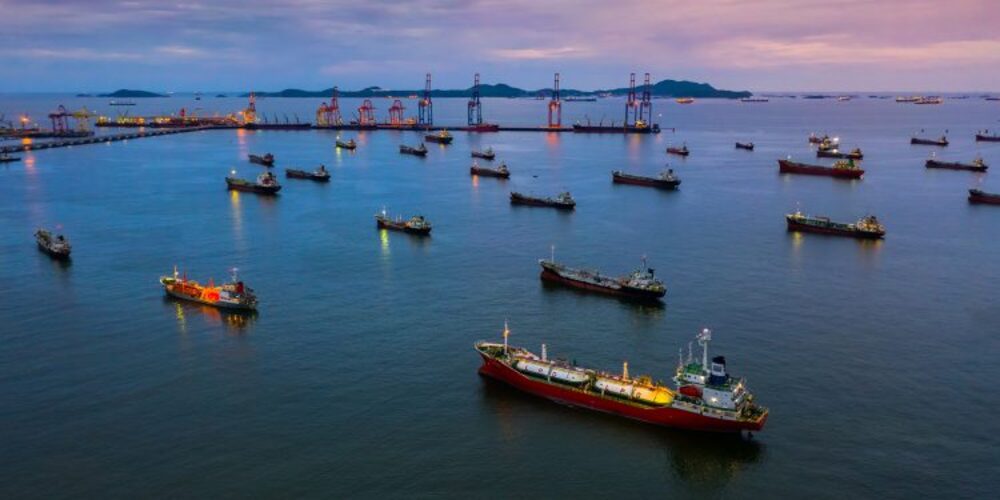In support of the UN’s Sustainable Development Goal 13, the International Maritime Organization (IMO) recently outlined its strategy for reducing the carbon intensity of international shipping. The target is to reduce carbon intensity by at least 40% by 2030, pursuing efforts towards 70% by 2050, compared to 2008 levels. Total annual greenhouse gas (GHG) emissions should be reduced by at least 50% from 2008 levels by 2050.
The response implications involve investments in technology, potential effects on operating costs, and a heightened need for effective, timely planning. There will also be considerable implications to charter party contracts.
Upcoming Regulations
In support of their targets, the IMO has adopted a new generation of mandatory regulations. These include the Energy Efficiency Design Index (EEDI), which is mandatory for new ships, and the Ship Energy Efficiency Management Plan (SEEMP) for all ships. In 2016, the IMO also adopted as mandatory the Data Collection System (DCS). This requires owners of vessels of more than 5,000 gross tonnage (GT) to collect and report fuel oil consumption data.

Entering into force in 2023 will be the Energy Efficiency Existing Ship Index (EEXI), which applies to ships of 400 GT and above. Also taking effect in 2023 will be the Carbon Intensity Indicator (CII) regulation, which determines the annual reduction factor needed to ensure continuous improvement of the ship’s operational carbon intensity within a specific rating level. It applies to all cargo, RoPax, and cruise ships above 5,000 GT.
At the regional level, the European Union’s ‘Fit for 55’ plan aims at reducing GHG emissions by 55% by 2030. The package was proposed in July 2021 by the European Commission and could become law during 2022.
Implications for the Industry
For owners, operators, and charterers, these well intended regulations will have significant implications, especially relating to existing vessels. Newbuild projects can, of course, be designed for compliance, whereas vessels already in operation may have to be adapted and/or re-fitted.
One very significant outcome of the regulations will also be the possible conflict between environmental objectives and commercial interests. The lay terms of a charter contract determine essentially who pays what. In the current typical contract structure, laytime demurrage charges to the charterer take effect the moment the ship’s notice of readiness for port arrival is tendered. Thus, the shorter the laytime, the faster the ship can be berthed, and its cargo loaded and/or unloaded, and the lower the costs are to the charterer.
Slow-steaming and just-in-time arrival schedules, which benefit the environment through lower fuel consumption leading to fewer exhaust emissions, are therefore in the interests of the charterer. Conversely, the owner’s demurrage revenues increase with a longer laytime. Their interests, therefore, can be to sail as fast as possible, thereby burning fuel and creating more emissions, to arrive at the port sooner so that demurrage can begin earlier. The longer the ship waits, the more the owner earns.
Sustainability targets are unlikely to be met so long as the conflict of interest between environmental objectives and commercial interests continues to exist. The disconnect needs to be addressed so that laytime can not be an instrument of revenue or penalty.
It can be expected that charter parties, particularly time charter contracts, will become subject to potential legal disputes should non-compliance cause interruptions to normal operations. Any changes to the way in which a ship is operated, be it by speed, routing or whatever, may affect compliance and, unless covered by contractual agreement, be completely out of the owner’s control.
The new regulations will also need to be regulated and enforced. Will this responsibility fall on the class societies, the port state controls (PSCs), or will there be new entities established to monitor and enforce compliance? There are many questions still to be answered and the implications for the industry are considerable.
Current trends towards compliance
Currently, the focus is on technology improvements that deliver greater fuel efficiency, and therefore reduced levels of emissions, and the development of zero-carbon marine fuels, such as methanol, ammonia, and hydrogen.
For EEXI, the currently most favoured options to achieve compliance appear to be engine power limitations (EPL) and shaft power limitations (ShaPoLi) – although, as previously highlighted by The Nautical Institute, care must be taken to ensure that these limitations do not pose safety issues. Other potential solutions include batteries, waste heat recovery systems, air lubrication technology and wind-assisted propulsion.
Nevertheless, hardware and technology alone are not sufficient, as software is necessary to deliver the data needed to connect operations and emissions, to track results and to support proper decision making.
The process of determining and outlining the strategic steps necessary for compliance is hindered by the disconnect between vessel owners and managers. While ship owners carry responsibility for their vessels’ compliance with CII and SEEMP regulations, many employ ship management companies who control the operational budget and make the actual onboard operational decisions.
Further, the owner’s responsibilities may compete with the charterer’s commercial intentions. Competing pressures place a considerable load on the shoulders of the ship’s Master. Complete transparency between the ship and all shoreside stakeholders can help alleviate this situation by allowing for a higher level of shared and consolidated planning before and during voyages.
This is where the latest software platforms will undoubtedly play an increasingly important role, which is crucial if the IMO’s GHG targets are to be met.
Collaboration tools allow for better, more effective sharing of information between ship and shore. Company regulations, guidelines, forms, and passage plans are visible both onshore and onboard. This provides QHSE teams, onboard crews, and shore-side fleet managers with a structured and traceable way to exchange compliance information.
The key to compliance lies in adopting a holistic and proactive approach to improving fleet-wide environmental performance. Knowing and realistically assessing the company’s current efficiencies and deficiencies over the short and longer term will be an important starting point.
Urgent action is needed
If companies hope to keep up with the vast array of new environmental regulations that are sure to emerge in the coming decades, they will need to adopt a proactive approach to improving their fleets’ environmental performance. Waiting until the last moment to ensure fleet-wide compliance with emerging regulations is sure to be less efficient and more costly than a strategic, planned approach.
Understanding what is happening, what is needed, and what might happen is the foundation for proper planning and appropriate decision making. Staying abreast of regulations in consideration and coming into force allows shoreside teams to optimise compliance planning across their fleet. When done right, this can lower short-term cost and reduce the number of vessels out of commission
Source: safety4sea.com

